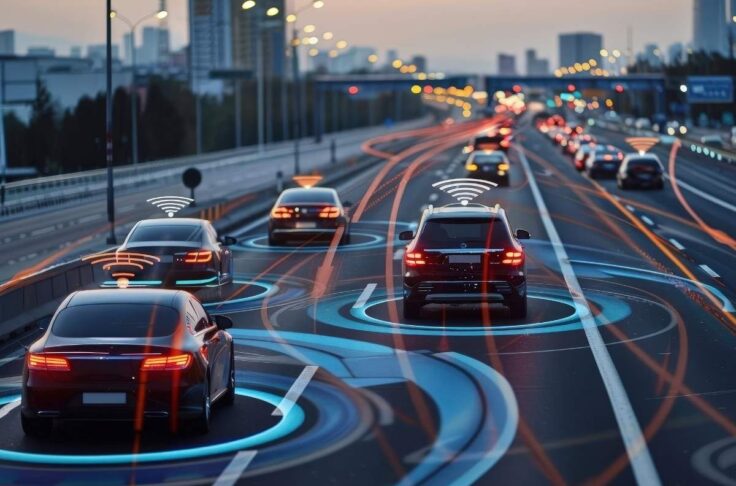What’s in Store for Shared Mobility in 2020
Summary
What will we see happening in shared mobility in 2020? We expect to see more vehicle types within a fleet and available in the market, along with cities getting more involved to improve the streets for pedestrians, and not just cars.
In 2018, kick scooters took everyone by surprise. In 2019, cities proactively created policies to better manage all these new mobility options. In 2020, micromobility will mature and general public acceptance. Operators will continue to face challenges in but with the right platform, these complexities can be managed and turned into opportunities.
But first, let’s review two predictions from last year that really shaped shared mobility in 2019:
- Data sharing – Data is key for cities to better understand how street space is used, improve regulations for new mobility options, and manage operators in the public’s best interest. Los Angeles took the lead on this when it launched the Mobility Data Specification (MDS) to regulate more transparency from operators. Obstacles still exist, however, as not all service providers are willing to comply. But there are proven benefits – Portland used data to identify high priority streets to build better bike infrastructure. Data sharing needs will not go away anytime soon.
- Shared mobility hubs – Mobility hubs bring a range of transportation options together to make it easier and more convenient for people to access. Minneapolis implemented their pilot hubs in the fall and will be testing them throughout the winter to see how people adopt these options. While free floating operating models offer flexibility to users, having docks or areas dedicated to shared vehicles, regardless of form factor, will make multi-modal trips a much more viable option for users.
Now let’s ask the question, what is shared mobility in 2020 going to look like? Here are some of our predictions:

More mixed fleets
Consumer needs are complex, and some trips are better met with scooters, while others are better met with cars. MaaS and service aggregator apps help users access a range of options in one app, adding convenience to the trip planning process. However, operators would rather be the one-stop-shop service provider, which is why we’re going to see less homogenous fleets. Instead of just a carsharing fleet, you may see mopeds or scooters enter the mix within the same service. We’ve seen Uber expand into the bike sharing space and Bird adding electric motors to their fleet. Daimler and BMW are offering kick scooters and e-bikes now. Getting into this more, we’ll also see…
New vehicle form factors
Safety has been a driving reason for building more durable vehicle types in the micromobility space. Another reason is to evolve micromobility options to address people’s complex mobility needs. Operators have been eyeing light electric vehicles (LEVs) as a way to address first-last mile needs that can serve the convenience of a car. It’s still a niche space, but with Ojo’s seated scooter and Rollo’s nimble and autonomous scooter, we’re in for an exciting year of more micro-vehicle innovation. At the same time…
Cities will get more involved
After being shaken up at the policy level with ride-hailing and kick scooters, cities are being more proactive in setting regulations to better manage shared vehicles on their streets. This may look like setting requirements to receive ridership data, collecting fees to build safer infrastructure, or requiring services to fill the equity gap. As cities better understand the opportunity and benefit of shared mobility, such as congestion reduction, they will be able to better integrate these different modes into people’s day-to-day life. This would eventually lead to…
Revamped streets
Right now, many streets are built for cars. But as people begin shifting away from vehicle ownership – by adopting new scooter sharing and carsharing schemes, using public transit and active travel – how space on streets is allocated will change. While changes to infrastructure take years to implement, we expect to see more sweeping changes like San Francisco’s plan for a car-free Market Street. This could look like New York’s 14th Street car ban or Seattle taking down their viaduct or Vancouver turning Granville Bridge to a complete street. Street planning will be about moving people, as opposed to just cars.


